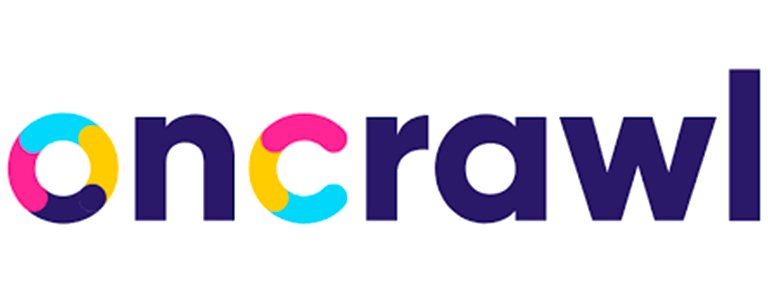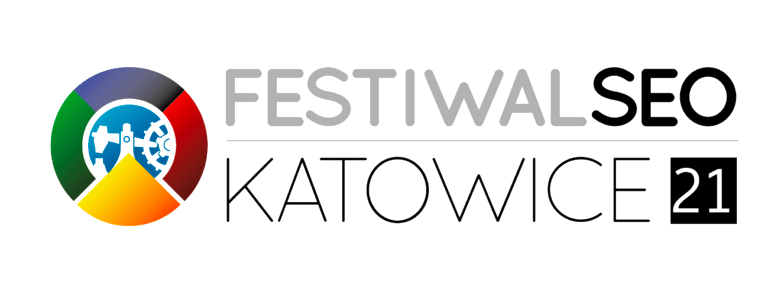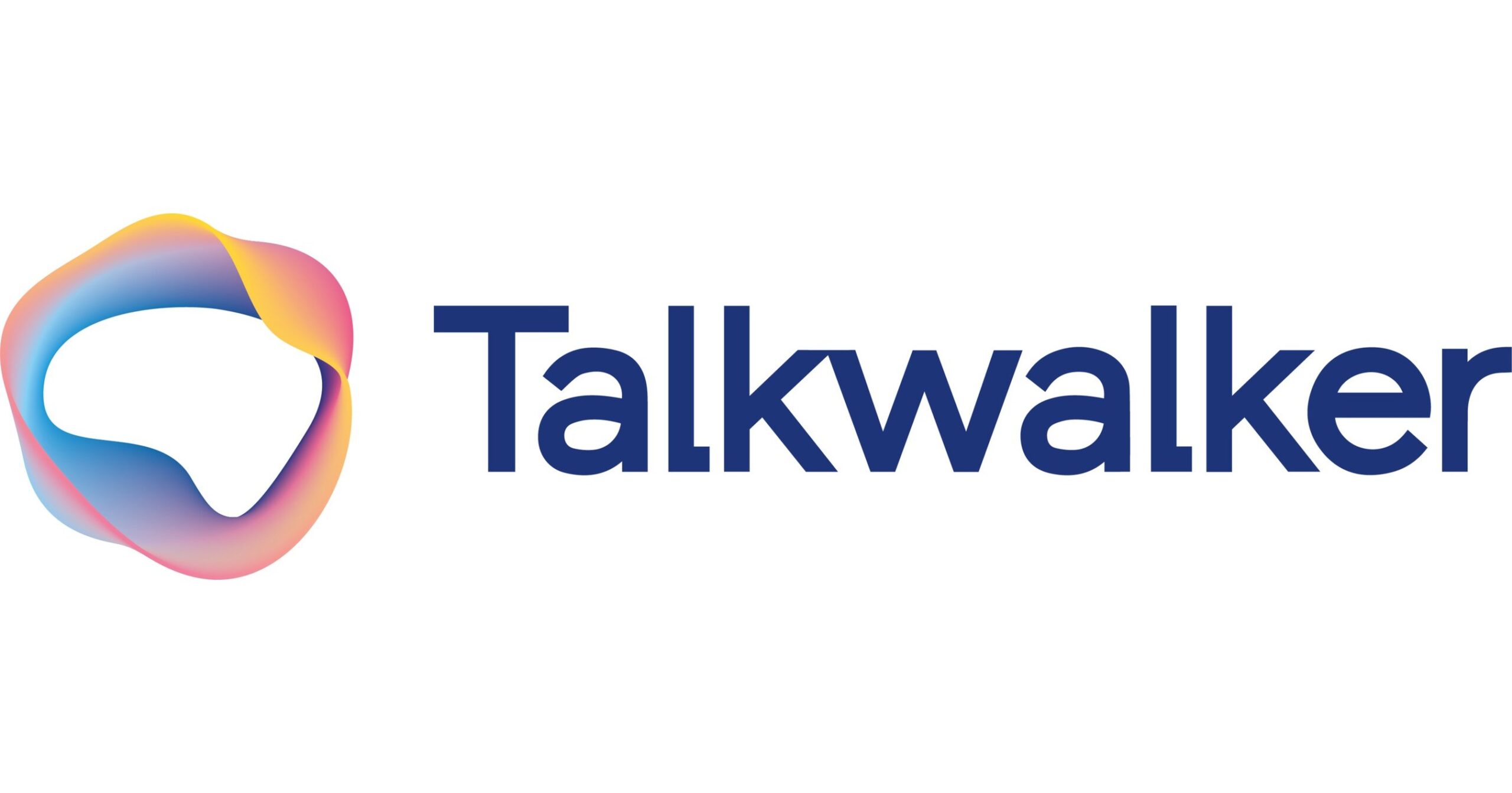UX is an ambitious area for a search engine to take into consideration when ranking it’s results. It’s complicated. We’ve had knowledge of pogo sticking in the SERPs, page load speed, In this article, we review Google’s latest push in this area which is Core Web Vitals.
What Are Core Web Vitals?
Sitting as a subset of Chrome’s Web Vitals, Core Web Vitals are a set of performance measures that are intended to support any webmaster in fixing poor user experiences on your site. The metrics that make up the Core Web Vitals are Largest Contentful Paint (LCP), First Input Delay (FID) and Cumulative Layout Shift (CLS).
Largest Contentful Paint (LCP)
By identifying the ‘main content’ within a web page, Largest Contentful Paint (LCP) measures perceived load speed of how quickly a user sees this largest region. LCP falls in the area of page speed. Instead of focusing on the how long it takes for the page being totally loaded, LCP concentrates on the time taken for the user to see the most substantial section of the web page.
Historically a little bit of a hot potato for Google, page speed first official ranking factor within user experience back in 2010.
First Input Delay (FID)
First Input Delay (FID) attempts to measure any unresponsiveness in a web page when the user tries to interact with it. FID is measured from the point of the user interacting (for example a mouse click on a hyperlink) with the web page, to the time when the browser is able to process the event involved in that particular action.
A simple analogy from our Head of SEO Steve Bailey is to think of FID as the time it takes to ring a call centre to the point when you come off of hold to speak to a customer services assistant.
Cumulative Layout Shift (CLS)
This is the newest measure within the UX tools which measures instability in a web page. Commonly seen in advertising websites, this is where the web page layout unexpectedly shifts in front of the user’s eyes.
CLS has attracted attention because it is the new kid on the block but also because we’ve all experienced this UX annoyance in our every day browsing at some point.
(ref. https://www.youtube.com/watch?time_continue=9&v=lc8cxTQRePY&feature=emb_title)
How to measure Core Web Vitals
Chrome launched their Web Vitals initiative in May 2020 and Google announced shortly after that they would be using them at some point in 2021 within their ranking algorithms. It is fair to say that Google are still in the early stages of ironing everything out in this area, as in a recent Webmaster Conference there was feedback stating that users find Core Web Vitals hard to understand.
The first thing to bear in mind when approaching Core Web Vitals is that they fall alongside other user experience signals that Google is looking at. Elements such as interstitials and mobile friendliness overlap directly with Core Web Vitals, so it is important to have an appreciation on the journey that Google have gone on to reward the websites with the best possible user experience.
Core Web Vitals – app-tastic
Also bear in mind that the technical SEO community love Core Web Vitals. You can manage what you can measure – and there are lots of helpful apps that people are making to visualise/troubleshoot existing CWV performance. Here are some examples:
Web Vitals Leaderboard – by @pazguille – benchmark your website against competitors in this neat Core Web Vitals visualisation.
Measure Core Web Vitals with Google Sheets – by Amit Agarwal – track Core Web Vitals for several websites on a daily basis.
For Shopify users – Core Web Vitals Dashboard app – embedded report within your Shopify content management system.
New Relic offer CWV resources – software enhancement platform New Relic bolt on Core Web Vitals monitoring.
Once you have access to the Core Web Vitals data via Google Search Console, you can start to analyse LCP, FID and CLS. The following boundaries are the benchmarks for the 3 Core Web Vitals in terms of timings:
LCP
For understanding the waterfall performance of any page, I recommend the use of Webpage Test which will help you identify the ‘main content’ that ‘Largest Contentful Paint’ measures. Furthermore, in the Chrome 72 update, Chrome Dev Tools highlights the ‘first meaningful paint’ – making it easier for you to identify the ‘main content’ of the page.
FID
Within First input delay (FID), there are 4 areas that you will be familiar with from Google’s Page Speed Insights tool.
- Reduce the impact of third-party code
- Reduce JavaScript execution time
- Minimize main thread work
- Keep request counts low and transfer sizes small
The biggest cause of poor FID is excessive amounts of JavaScript. Troubleshooting this can be quite technical and as ever this relies on a decent SEO manager – developer relationship. Using Chrome Dev Tools (within ‘performance’) you might be able to troubleshoot ‘Long Tasks’ – long yellow blocks over 50ms long that could be contributing to delays in interactivity.
CLS
Yes again, fire up Web Page Test, the Lighthouse Report or Chrome DevTools to measure cumulative layout shift (CLS). Pagespeed Insights will provide you with Core Web Vitals scores of any said web page using field data, which is updated each daily for the previous 28 day period.
Core Web Vitals – how much time do we devote to them?
To provide context, Gary Illyes of Google answered a Reddit question regarding Core Web Vitals becoming the primary ranking factor for organic traffic:
“Like any other search engine, Google works hard to surface the highest quality and most relevant results for users’ queries. CWV has nothing to do with either of those, not even remotely, so it’s extremely unlikely that CWV would ever become “the primary factor for Organic Traffic”.
It is Gary’s words here that give us that balanced view. How many websites out there will have fundamental Core Web Vitals issues but exhilarating, highly memorable content? There are huge dot coms that notoriously move slowly on the implementation of technical SEO / performance issues.
Core Web Vitals are an evolving piece of Google’s algorithms that webmasters will need to get to grips within the coming months. The speed of main content, interactivity and visible stability of a page are all good ‘non-SEO’ things to confront and would always form part of a business case to get some development hours to improve performance. Simply understanding Core Web Vitals for some is the hardest part of grappling with this new area.




















